Process Failure Mode and Effects Analysis (PFMEA) is a structured methodology used in various industries, especially manufacturing and process-driven sectors, to proactively identify and mitigate risks associated with a particular process or product. Implementing PFMEA can provide several significant benefits to your business:
- Risk Reduction: PFMEA helps you identify potential failure modes (ways in which a process or product can fail), their causes, and their effects. By identifying these risks early in the process, you can take preventive actions to reduce or eliminate them, thus minimizing the likelihood of defects, recalls, or customer complaints.
- Improved Quality: By addressing potential failure modes and their root causes, PFMEA can lead to improved product and process quality. This, in turn, can result in higher customer satisfaction, reduced warranty costs, and increased market competitiveness.
- Cost Savings: Preventing defects and failures is often more cost-effective than dealing with them after they occur. PFMEA helps you identify and prioritize areas where you can invest resources to prevent costly issues, such as rework, scrap, or product recalls.
- Efficiency Gains: PFMEA encourages you to examine your processes in detail, looking for opportunities to streamline and optimize them. By doing so, you can reduce waste, minimize variability, and increase process efficiency.
- Compliance and Standards: In regulated industries, like aerospace, automotive, and healthcare, PFMEA is often a requirement to demonstrate due diligence in risk management. Implementing PFMEA can help your business meet industry standards and compliance requirements.
- Cross-Functional Collaboration: PFMEA involves a multidisciplinary team, which fosters collaboration between different departments and functions within your organization. This cross-functional collaboration can lead to a more comprehensive understanding of the process and its potential risks.
- Continuous Improvement: PFMEA is not a one-time activity; it should be an ongoing part of your quality management process. Regularly updating and revisiting your PFMEA helps ensure that you stay proactive in managing risks and continually improving your processes.
- Data-Driven Decision-Making: PFMEA requires data and analysis to identify risks and prioritize actions. This promotes data-driven decision-making, which can lead to more informed and effective risk mitigation strategies.
- Customer Satisfaction: When you consistently deliver high-quality products or services with fewer defects and failures, your customers are more likely to be satisfied and loyal. PFMEA contributes to this by reducing the chances of producing faulty products.
- Competitive Advantage: Businesses that effectively implement PFMEA can gain a competitive advantage in the marketplace. Customers often prefer suppliers or manufacturers who demonstrate a commitment to quality and risk management.
To effectively harness the benefits of PFMEA, it’s crucial to ensure that the process is conducted thoroughly, involves the right stakeholders, and is integrated into your overall quality management system. It should also be part of your broader continuous improvement efforts to drive ongoing excellence in your operations.




